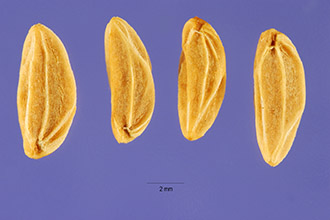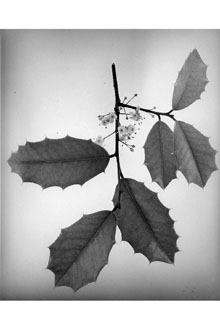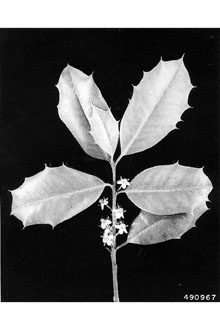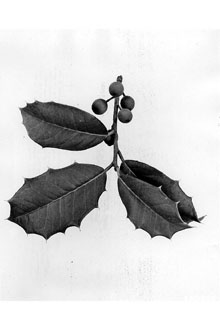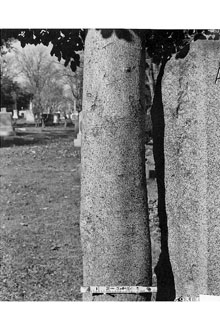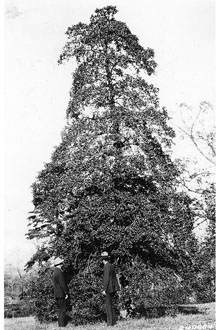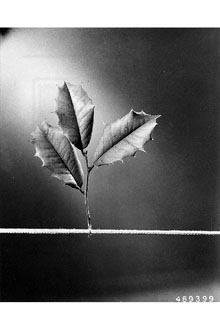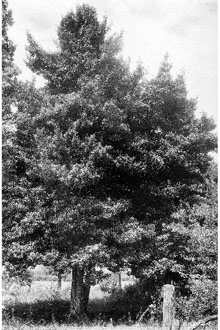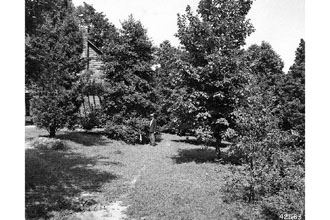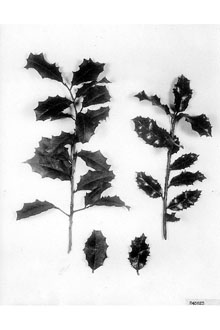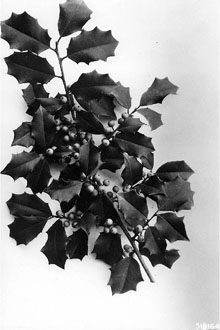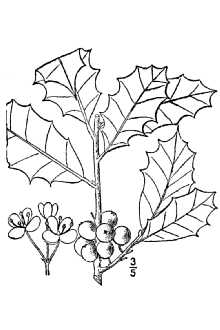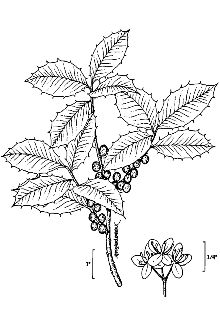American Holly
Scientific Name: Ilex opaca Aiton
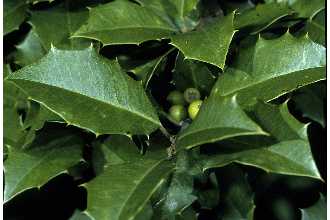
| General Information | |
|---|---|
| Usda Symbol | ILOP |
| Group | Dicot |
| Life Cycle | Perennial |
| Growth Habits | ShrubTree, |
| Native Locations | ILOP |
Plant Guide
Use a soil moisture meter to monitor the soil moisture where American Holly is planted.
Fact Sheet
Uses
The attractive evergreen foliage and bright red fruit of this small tree make it a very popular for landscaping. The same attributes that allow this tree to be a desirable ornamental make it one of the most sought after greens for Christmas decoration. The firm bright red berries are consumed by white-tail deer and 18 species of birds. The dense foliage also provides cover and nesting habitat for various songbirds.
Status
Please consult the PLANTS Web site and your State Department of Natural Resources for this plant’s current status (e.g. threatened or endangered species, state noxious status, and wetland indicator values).
Description
American holly normally grows to heights of 15 to 30 feet tall, but records indicate mature heights of up to 100 feet. On the poor soils of coastal beaches, this holly may never exceed shrub size. The bark of it is smooth, and grayish to grayish-brown. The dense branches of this holly grow nearly horizontal in a spreading crown, which takes on a pyramidal silhouette. The evergreen foliage is stiff and leathery in texture, with large, remotely spined teeth. The leaves are arranged alternately. They are 2 to 4 inches long, satin green and smooth above, and yellowish-green below. Small, axillary, greenish-white flowers bloom from April to June. Like most others in the holly genus, American holly is dioecious. Pistillate flowers emerge in small clusters from one plant, while staminate flower clusters develop on another. Newly established plants will not flower for 4 to 7 years; prior to flowering there is no practical means of determining the gender of a plant. Bright red, rarely orange or yellow, globular fruit mature from September to October, but may be retained on the plant into the following spring. The berry-like fruit is about 1/3 inch in diameter, and contains 4 to 9 small nutlets. There are an average of 28,430 seeds per pound. © William S. Justice Smithsonian Institution @ USDA NRCS PLANTS
Adaptation and Distribution
Distribution , Use soil moisture sensors to measure the soil moisture of American Holly.
Distribution
American holly grows from Massachusetts to Florida, west to Texas and Missouri, and is adapted to a wide range of site conditions. It grows best on well drained, sandy soils, but will tolerate those which are somewhat poorly drained. This small tree has good shade tolerance, but does well in direct sun. Although this species is often found growing on coastal sand dunes, it is not very salt spray tolerant. For a current distribution map, please consult the Plant Profile page for this species on the PLANTS Website.
Plant Traits
Growth Requirements
| Temperature, Minimum (°F) | -20 |
|---|---|
| Adapted to Coarse Textured Soils | Yes |
| Adapted to Fine Textured Soils | No |
| Adapted to Medium Textured Soils | Yes |
| Anaerobic Tolerance | Low |
| CaCO3 Tolerance | Low |
| Cold Stratification Required | Yes |
| Drought Tolerance | Medium |
| Fertility Requirement | Medium |
| Fire Tolerance | Low |
| Frost Free Days, Minimum | 140 |
| Hedge Tolerance | Medium |
| Moisture Use | Medium |
| pH, Maximum | 7.0 |
| pH, Minimum | 4.5 |
| Planting Density per Acre, Maxim | 800 |
| Planting Density per Acre, Minim | 300 |
| Precipitation, Maximum | 80 |
| Precipitation, Minimum | 40 |
| Root Depth, Minimum (inches) | 30 |
| Salinity Tolerance | Medium |
| Shade Tolerance | Tolerant |
Morphology/Physiology
| Bloat | None |
|---|---|
| Toxicity | None |
| Resprout Ability | Yes |
| Shape and Orientation | Erect |
| Active Growth Period | Spring and Summer |
| C:N Ratio | High |
| Coppice Potential | No |
| Fall Conspicuous | Yes |
| Fire Resistant | No |
| Flower Color | Yellow |
| Flower Conspicuous | No |
| Foliage Color | Green |
| Foliage Porosity Summer | Dense |
| Foliage Porosity Winter | Dense |
| Foliage Texture | Coarse |
| Fruit/Seed Conspicuous | Yes |
| Nitrogen Fixation | None |
| Low Growing Grass | No |
| Lifespan | Moderate |
| Leaf Retention | Yes |
| Known Allelopath | No |
| Height, Mature (feet) | 40.0 |
| Height at 20 Years, Maximum (fee | 20 |
| Growth Rate | Slow |
| Growth Form | Single Stem |
| Fruit/Seed Color | Red |
Reproduction
| Vegetative Spread Rate | None |
|---|---|
| Small Grain | No |
| Seedling Vigor | Low |
| Seed Spread Rate | Slow |
| Seed per Pound | 28430 |
| Fruit/Seed Persistence | Yes |
| Propagated by Tubers | No |
| Propagated by Sprigs | No |
| Propagated by Sod | No |
| Propagated by Seed | Yes |
| Propagated by Corm | No |
| Propagated by Cuttings | Yes |
| Bloom Period | Mid Spring |
| Commercial Availability | Routinely Available |
| Fruit/Seed Abundance | Low |
| Fruit/Seed Period Begin | Summer |
| Fruit/Seed Period End | Fall |
| Propagated by Bare Root | Yes |
| Propagated by Bulb | No |
| Propagated by Container | Yes |
Suitability/Use
| Veneer Product | Yes |
|---|---|
| Pulpwood Product | Yes |
| Protein Potential | Low |
| Post Product | No |
| Palatable Human | No |
| Palatable Graze Animal | Low |
| Palatable Browse Animal | Low |
| Nursery Stock Product | Yes |
| Naval Store Product | No |
| Lumber Product | No |
| Fuelwood Product | Medium |
| Fodder Product | No |
| Christmas Tree Product | Yes |
| Berry/Nut/Seed Product | Yes |

